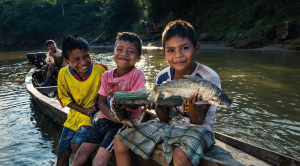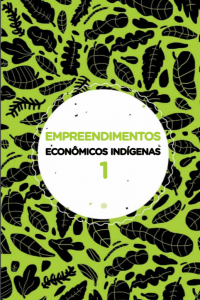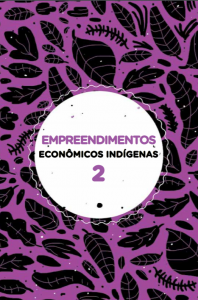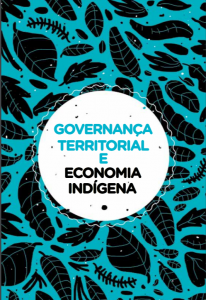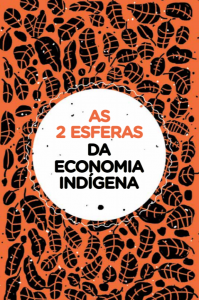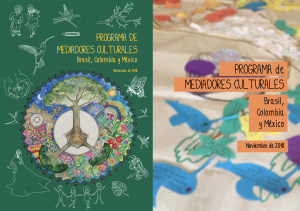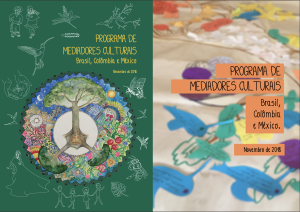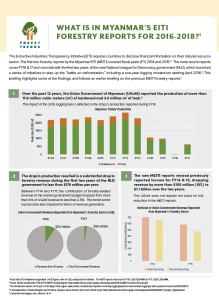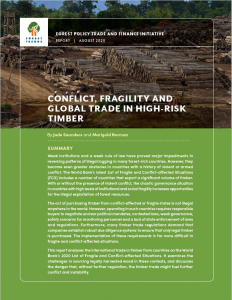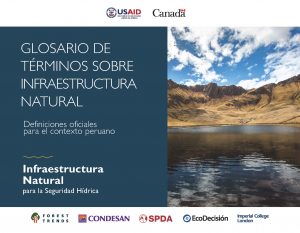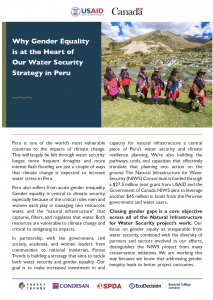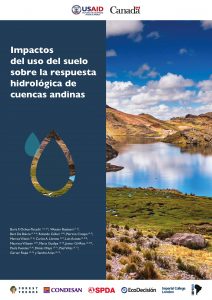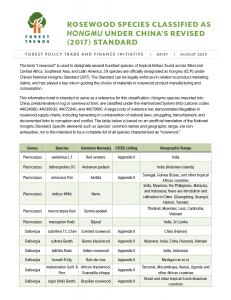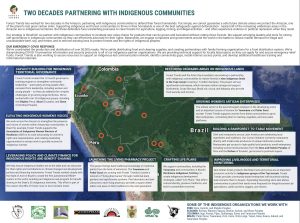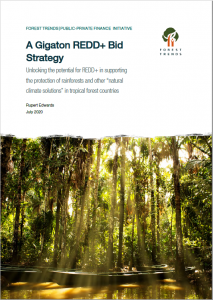Economia Indígena
Há duas esferas da economia indígena: a economia de reciprocidade e a economia de mercado. A economia da reciprocidade está relacionada às práticas tradicionais, às dinâmicas de trocas, a produção de forma coletiva, independentemente de relações monetárias ou financeiras. Alguns atritos e tensões se estabelecem quando essa economia da reciprocidade se relaciona com a economia […]
Dependent Documents
Programa de Mediadores Culturales (Cultural Mediators Program)
Brasil, Colombia, y México. Noviembre 2018. (Brazil, Colombia, and Mexico. November 2018)
The Cultural Mediators program trains teachers and develops educational materials for young indigenous students on territorial governance, natural resource management, climate change, and cultural traditions. This document represents the work of Forest Trends and partners throughout Colombia, Mexico, and Brazil.
Dependent Documents
What is in Myanmar’s EITI Forestry Reports for 2016-2018?
By Forest TrendsThe Extractive Industries Transparency Initiative (EITI) requires countries to disclose financial information on their natural resource sector. The Myanmar EITI (MEITI) was one of the few countries to disclose forestry data alongside mining and oil and gas. The most recent reports cover FY16 & 17, coinciding with the first two years of the new National[…]
Email Signup
Subscribe to any of Forest Trends’ mailing lists to keep up with the news, publications, and events that interest you.
Having Trouble?
If you experience any technical difficulties on our site, please contact Genevieve Bennett, Communications Manager.
Conflict, Fragility, and Global Trade in High-Risk Timber
By Jade Saunders and Marigold NormanWeak institutions and a weak rule of law have proved major impediments in reversing patterns of illegal logging in many forest-rich countries. However, they become even greater obstacles in countries with a history of violent or armed conflict. The World Bank’s latest List of Fragile and Conflict-affected Situations (FCS) includes a number of countries that […]
Glosario de Términos sobre Infraestructura Natural
El presente documento realizado por el Proyecto Infraestructura Natural para la Seguridad Hídrica de USAID y el Gobierno de Canadá, tiene como objetivo presentar al lector la lista de términos oficiales que son utilizados con regularidad cuando nos referimos a infraestructura natural, y la formulación de inversiones y proyectos ecosistémicos. Este glosario junta definiciones aprobadas[…]
Why Gender Equality is at the Heart of Our Water Security Strategy in Peru
By Cheyenne Coxon, Genevieve Bennett, and Gena GammieIn partnership with the Peruvian government, civil society, academia, and women leaders from communities to national ministries, Forest Trends is building a strategy that aims to tackle both water security and gender equality. Our goal is to make increased investment in and capacity for natural infrastructure a central piece of Peru’s water security and climate […]
Impactos del uso del suelo sobre la respuesta hidrológica de cuencas andinas
By Boris F. Ochoa-Tocachi, Wouter Buytaert, Bert De Bièvre, Rolando Célleri, Patricio Crespo, Marcos Villacís, Carlos A. Llerena, Luis Acosta, Mauricio Villazón, Mario Guallpa, Junior Gil-Ríos, Paola Fuentes, Dimas Olaya, Paúl Viñas, Gerver Rojas y Sandro AriasEste estudio analiza datos generados a partir de una red de monitoreo participativo de veinticinco cuencas hidrográficas que cubren tres de los biomas andinos principales (páramo, jalca y puna) y vinculan sus respuestas hidrológicas a los principales tipos de intervenciones humanas (cultivo, forestación y pastoreo). Se implementó el método de cuencas pares para evaluar los[…]
Dependent Documents
Resumen de investigación – Impactos del uso del suelo sobre la respuesta hidrológica de cuencas andinas
By Boris F. Ochoa-Tocachi, Dimas Olaya, Javier Antiporta, y Bert De BièvreRosewood Species Classified as Hongmu under China’s Revised (2017) Standard
The term “rosewood” is used to designate several hundred species of tropical timber, found across West and Central Africa, Southeast Asia, and Latin America. 29 species are officially designated as hongmu (红木) under China’s National Hongmu Standard (2017). The Standard can be legally enforced in relation to product marketing claims, and has played a key[…]
A Gigaton REDD+ Bid Strategy
Unlocking the potential for REDD+ in supporting the protection of rainforests and other “natural climate solutions” in tropical forest countries
By Rupert EdwardsA massive increase in public and private results-based funding commitments is critical to protect tropical rainforests and other “natural climate solutions” in tropical forest countries, and thus to hopes of holding global warming below 2°C. REDD+ programs, that avoid and reverse the loss of tropical forests, can contribute trillions of dollars in value by “flattening[…]

